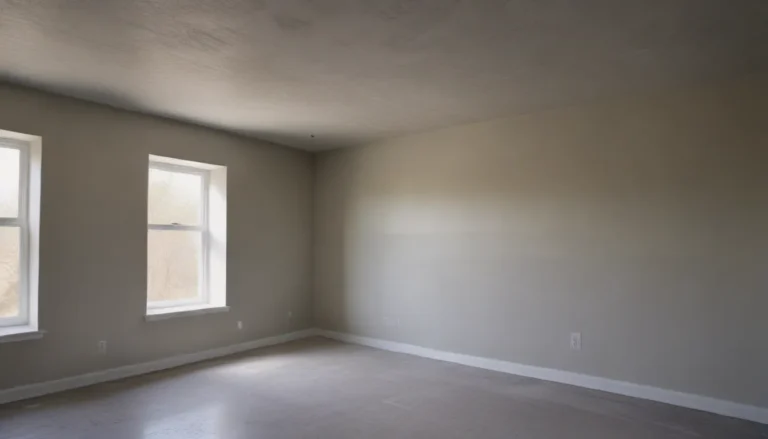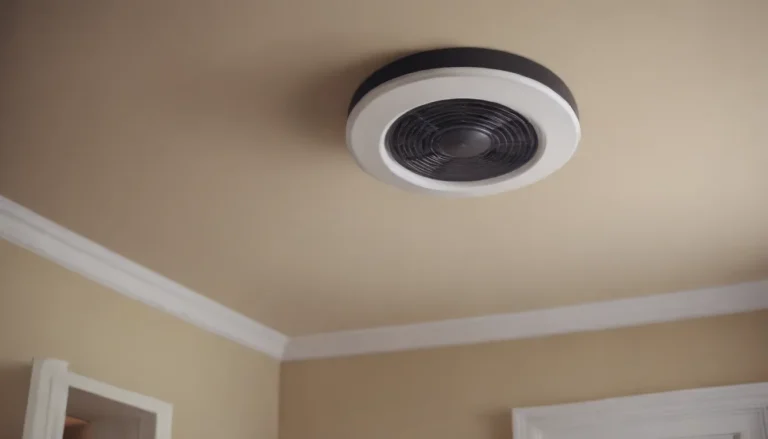Understanding Convection and Hydronic Electric Baseboard Heaters

If you’re considering electric baseboard heaters as a heating solution for your home, you may have come across two main types: convection and hydronic. These heaters offer a slow, gentle, and quiet heat source, making them ideal for supplemental heating or heating smaller spaces like cabins, basements, or additions. Let’s delve deeper into the differences between convection and hydronic baseboard heaters, so you can make an informed decision about which one is right for your needs.
Convection vs. Hydronic Electric Baseboard Heater: Major Differences
Convection baseboard heaters operate by heating air through electric coils, similar to the coils in a toaster. These heaters do not retain heat for long after the thermostat shuts off, as both the heating elements and the outer steel casing cool down quickly. In contrast, hydronic baseboard heaters heat water or oil in a sealed system, providing longer-lasting heat even after the thermostat stops.
Key Features
Convection Heater
- Basic type of baseboard heater
- Heats air using electric coils
- Offers various length options
- Low maintenance with no moving parts
Hydronic Heater
- Heats water or oil to warm the air
- Longer-lasting heat compared to convection
- Limited length options available
- Requires maintenance to prevent corrosion
Sizes
When it comes to size options, convection heaters offer a wider range of choices compared to hydronic heaters. You can find convection heaters in lengths ranging from 20 inches to 96 inches, making them versatile for different room sizes. On the other hand, hydronic heaters typically come in lengths ranging from 35 inches to 94 inches.
Best for Sizes: Convection Heater
If you need flexibility in choosing the right length for your baseboard heater, convection heaters provide more options across various brands.
Repair and Maintenance
Convection Heater
- Easy to repair with no liquid to leak
- Minimal maintenance required
- DIY-friendly for minor issues
Hydronic Heater
- Rarely fails but needs occasional maintenance
- Watch for corrosion, rust, and calcium deposits
- Requires certified service person for repairs
Best for Repair and Maintenance: Convection Heater
Convection heaters are easier to maintain and repair, making them a convenient option for homeowners who prefer DIY solutions.
Noise
Both convection and hydronic baseboard heaters operate silently, with minimal noise except for the ticking sound as the heating elements expand and contract. This makes them ideal for spaces where quiet operation is desired.
Energy Use
Convection Heater
- Uses similar energy to hydronic heaters
- Does not retain heat as long as hydronic heaters
- Locating thermostat on wall for energy efficiency
Hydronic Heater
- Longer heat retention compared to convection
- Costlier upfront but energy-efficient in the long run
- Suitable for rooms requiring consistent warmth
Best for Energy Use: Hydronic Heater
While hydronic heaters may have a higher initial cost, they offer energy savings over time, making them a more economical choice for homeowners concerned about energy efficiency.
Installation
Both convection and hydronic heaters are typically hard-wired into the electrical system, requiring professional installation. However, plug-in models are available for easier setup. It’s essential to choose the right voltage option based on your home’s electrical system to ensure proper operation.
Cost
Convection Heater
- Economical but less efficient
- Budget-friendly option for heating
- Suitable for supplemental heating in smaller spaces
Hydronic Heater
- Higher initial cost but energy-efficient
- Long-lasting heat retention
- Ideal for primary heating in larger areas
Lifespan
Convection Heater
- Simple design with no moving parts
- Can last for decades with minimal maintenance
- Provides reliable heating over time
Hydronic Heater
- Requires regular maintenance for longevity
- Lifespan of 10-20 years or longer with care
- Provides consistent heat for extended periods
Best for Lifespan: Convection Heater
While hydronic heaters offer longer heat retention, convection heaters can last longer with proper care and maintenance, making them a durable heating solution for your home.
The Verdict
In conclusion, both convection and hydronic electric baseboard heaters have their advantages and drawbacks. Hydronic heaters provide consistent and long-lasting heat, making them suitable for primary heating in larger areas. On the other hand, convection heaters are easier to maintain and repair, offering a budget-friendly option for supplemental heating needs. Consider your heating requirements, budget, and maintenance preferences when choosing between these two types of baseboard heaters.
Top Brands
- Cadet: Based in Vancouver, Washington, Cadet has been a trusted brand since 1957, offering DIY installation assistance and a wide range of baseboard heater options.
- Fahrenheat: Owned by Marley Engineered Products, Fahrenheat is known for its sizing, features, and cost comparability to Cadet heaters, making it a popular choice at Lowe’s.
- Qmark: Another subsidiary of Marley Engineered Products, Qmark offers competitively priced baseboard heaters, with Fahrenheat serving as the more upscale line.
In conclusion, when choosing between convection and hydronic electric baseboard heaters, consider factors such as heating needs, maintenance requirements, and energy efficiency to select the right option for your home. With the information provided in this guide, you can make an informed decision to ensure comfort and efficiency in your heating system.





